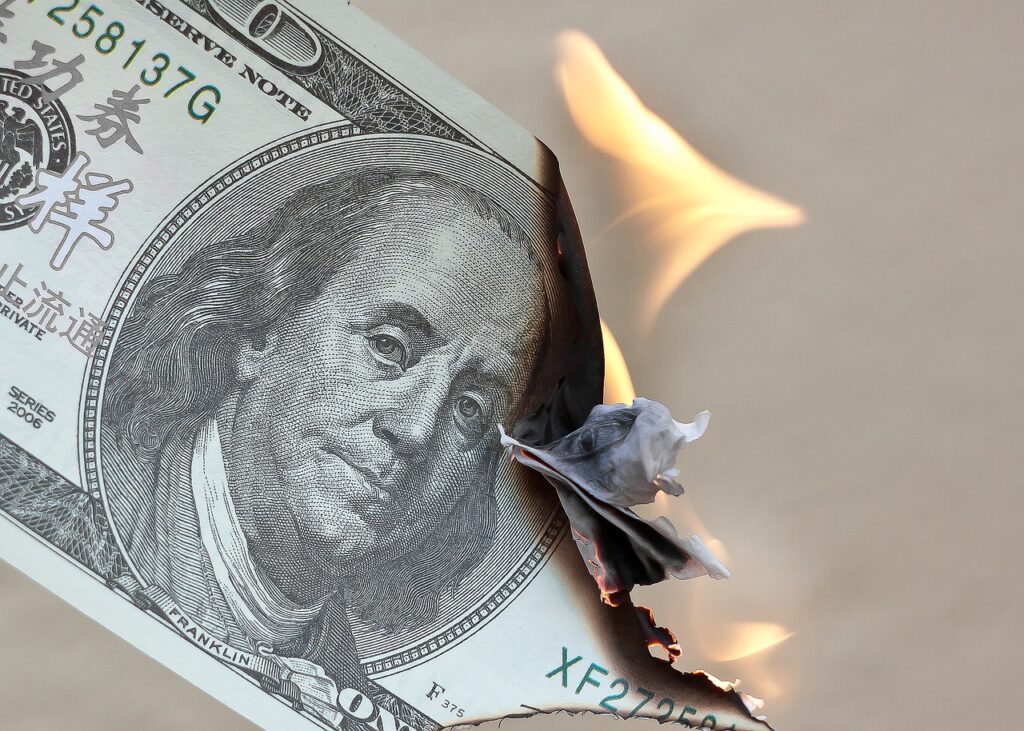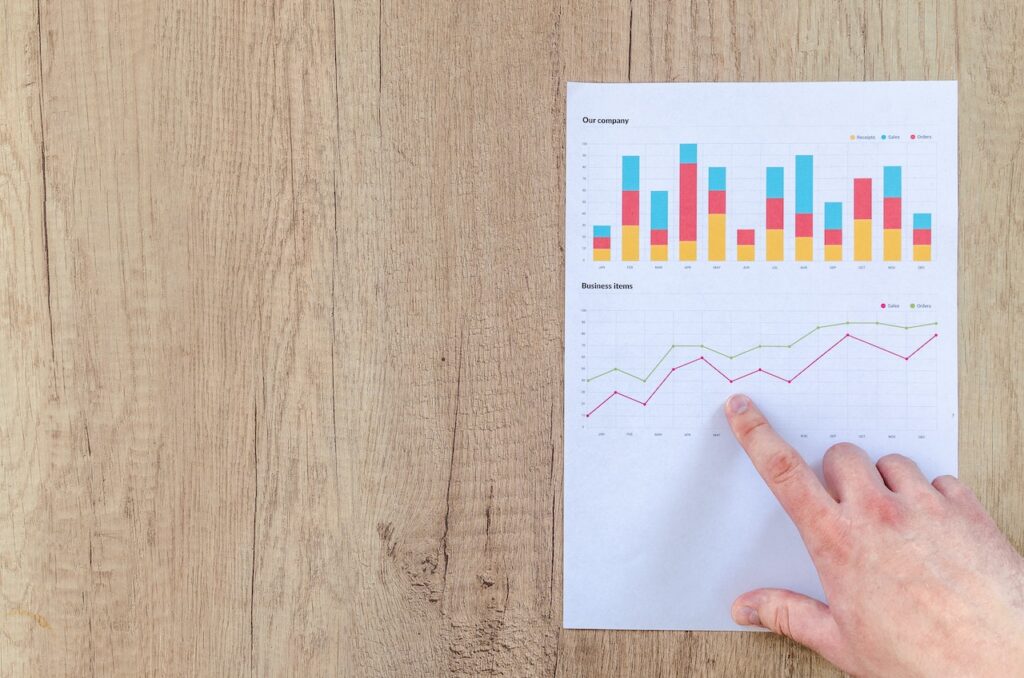What Is Cash Burn Rate? A Key Metric for Business Sustainability
Discover the essence of Cash Burn Rate, a pivotal financial metric, and its role in assessing business sustainability, investor confidence, and strategic decision-making.
Elevate Your Business with Legal Nest: Bookkeeping Perfected, Business Thriving

What Is Cash Burn Rate? A Key Metric for Business Sustainability
Discover the essence of Cash Burn Rate, a pivotal financial metric, and its role in assessing business sustainability, investor confidence, and strategic decision-making.
Elevate Your Business with Legal Nest: Bookkeeping Perfected, Business Thriving

What Is Cash Burn Rate? A Key Metric for Business Sustainability
Discover the essence of Cash Burn Rate, a pivotal financial metric, and its role in assessing business sustainability, investor confidence, and strategic decision-making.
Elevate Your Business with Legal Nest: Bookkeeping Perfected, Business Thriving
Introduction
In the world of finance and entrepreneurship, keeping a close watch on a company’s financial health is paramount. One crucial metric that entrepreneurs, investors, and stakeholders pay close attention to is the “Cash Burn Rate.” This metric provides insights into how quickly a company is using up its available cash reserves to cover its operating expenses and investment activities. Understanding the concept of cash burn rate is essential for assessing a company’s financial sustainability and making informed business decisions.
What is Cash Burn Rate?
Cash burn rate, often referred to simply as “burn rate,” is a financial metric that quantifies the rate at which a company spends its cash reserves over a specified period. It is typically expressed in terms of months, indicating how many months a company’s current cash reserves would last if its spending patterns were to remain consistent.
In essence, the cash burn rate reveals how much money a company is “burning” each month to fund its operations, including overhead costs, salaries, marketing expenses, research and development, and other activities. It’s an insightful metric for assessing a company’s financial sustainability, especially for startups and companies in growth stages that may not be generating significant revenues yet.
Calculating Cash Burn Rate:
The formula for calculating cash burn rate is straightforward:
Cash Burn Rate = (Beginning Cash Balance – Ending Cash Balance) / Number of Months
Here’s how it works:
Beginning Cash Balance: This is the amount of cash a company has at the beginning of the specified period, typically a month or a quarter.
Ending Cash Balance: This is the amount of cash the company has left at the end of the same period.
Number of Months: The duration of the specified period, usually expressed in months.
By plugging in these values, you can determine the company’s cash burn rate, indicating the rate at which it is depleting its cash reserves.
Interpreting Cash Burn Rate:
The cash burn rate has several possible interpretations:
Positive Cash Burn: If the cash burn rate is negative, it means the company’s cash reserves are increasing over the specified period. This situation is relatively rare and suggests that the company’s incoming cash from revenues or investments is exceeding its spending.
Neutral Cash Burn: If the cash burn rate is zero, the company’s spending is equal to its incoming cash, resulting in no net change in cash reserves.
Negative Cash Burn: A negative cash burn rate indicates that the company is spending more than it is generating in revenue. This is the more common scenario, especially for startups and growth-stage companies that are focused on expansion and market penetration rather than immediate profitability.
Significance of Cash Burn Rate:
Financial Health Assessment: The cash burn rate serves as a valuable tool for assessing a company’s financial health. It helps identify whether a company is at risk of running out of cash in the near future and whether its current spending patterns are sustainable.
Investor Confidence: Investors use the cash burn rate to gauge the financial sustainability of a startup or a growth-stage company. A higher burn rate might indicate that the company is aggressively pursuing growth opportunities, but it could also raise concerns about its ability to sustain its operations.
Strategic Decision-Making: Business leaders and management teams use the cash burn rate to make informed decisions about cost-cutting, fundraising, and growth strategies. If the burn rate is too high, adjustments may be needed to extend the company’s runway and secure its long-term viability.
Runway Projection: By calculating the cash burn rate, a company can estimate how many months it has until it depletes its cash reserves. This projection is known as the “runway.” It helps companies plan for future fundraising rounds or revenue-generating activities.
Factors Influencing Cash Burn Rate:
Several factors can impact a company’s cash burn rate:
Business Model: Companies with capital-intensive business models (e.g., technology startups developing new products) tend to have higher burn rates due to substantial upfront investments.
Growth Stage: Early-stage startups typically have higher burn rates as they invest in product development, marketing, and customer acquisition.
Market Conditions: Economic downturns or shifts in market trends can affect a company’s cash flow and its ability to generate revenue.
Fundraising Activities: Cash infusions from investors or fundraising rounds can significantly influence a company’s cash burn rate.
Conclusion:
The cash burn rate is a crucial metric for evaluating a company’s financial health, sustainability, and growth prospects. It offers valuable insights into the company’s ability to manage its cash reserves and its strategic decisions for growth. While a high burn rate may indicate aggressive expansion, it is essential for companies to strike a balance between growth and financial stability to ensure their long-term success in a competitive business landscape.
Explore Related Resources: Discover More Articles You May Find Valuable.
Discover how Profit and Loss statements empower small business owners by providing crucial insights into financial performance, guiding decisions, and fostering growth in a competitive market.
Explore how accounts receivables and accounts payable play a dual role in shaping the financial landscape of small business owners, influencing cash flow management, working capital, customer and supplier relationships, and offering strategies for maintaining equilibrium amidst these crucial financial components.
Delve into the foundations of financial operations by exploring the intricacies of accounts receivable and accounts payable, understanding their significance in revenue generation, cash flow management, working capital, and the essential strategies for effectively managing these crucial components of business transactions.
Legal Nest
Expand Your Knowledge
Discover the Power of Bookkeeping and How It Can Benefit You. Visit Our Resource Center for Educational Tips and Insights. Click the “Educate Me” Button Below to Learn More




